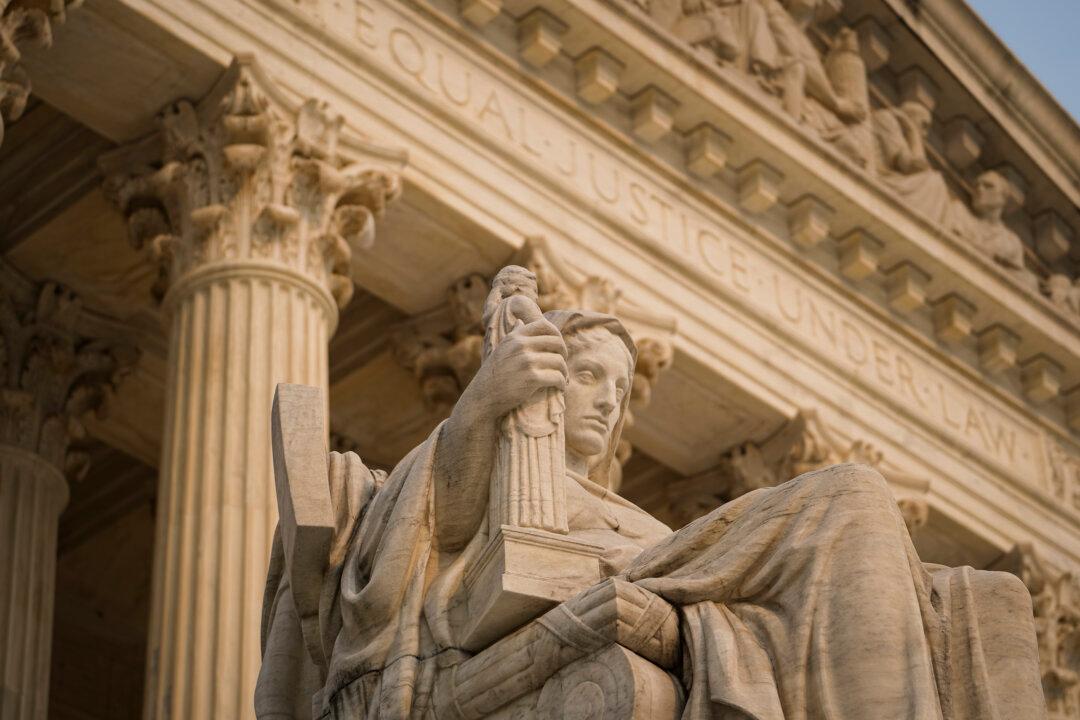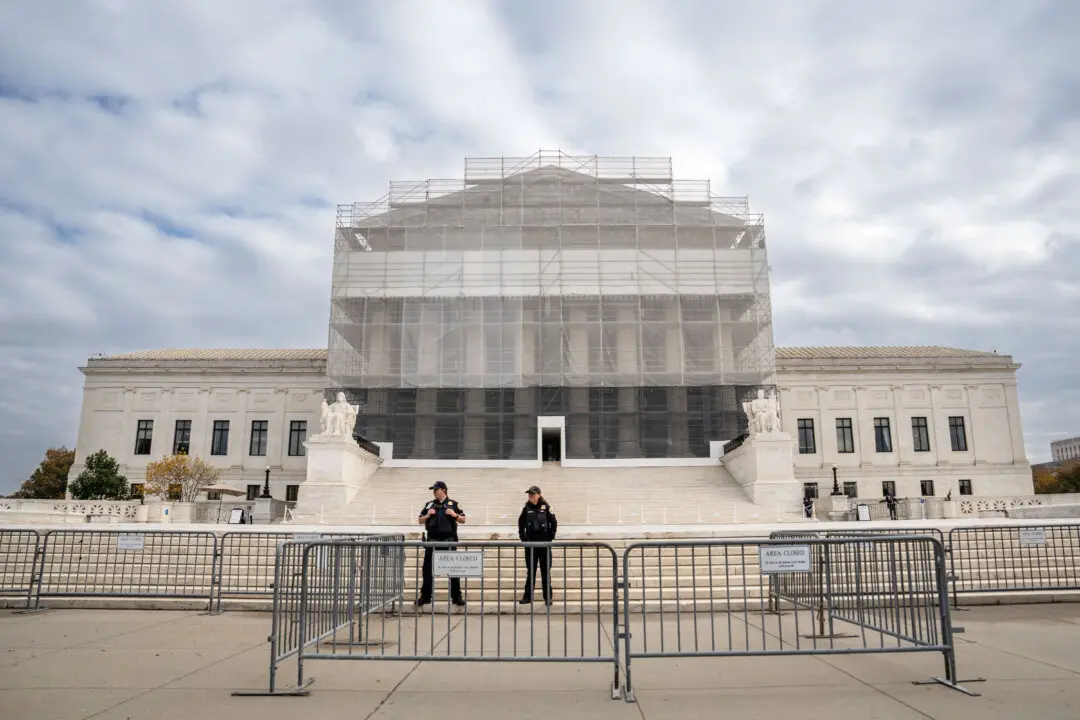The U.S. Supreme Court sent a redistricting case back to the Supreme Court of Ohio for reconsideration after it recently rejected a theory holding that state legislatures have sweeping authority to make the rules for federal elections in the states without interference from the courts.
The new decision came on June 30, the day the U.S. Supreme Court wrapped up its recent session and recessed for the summer.





